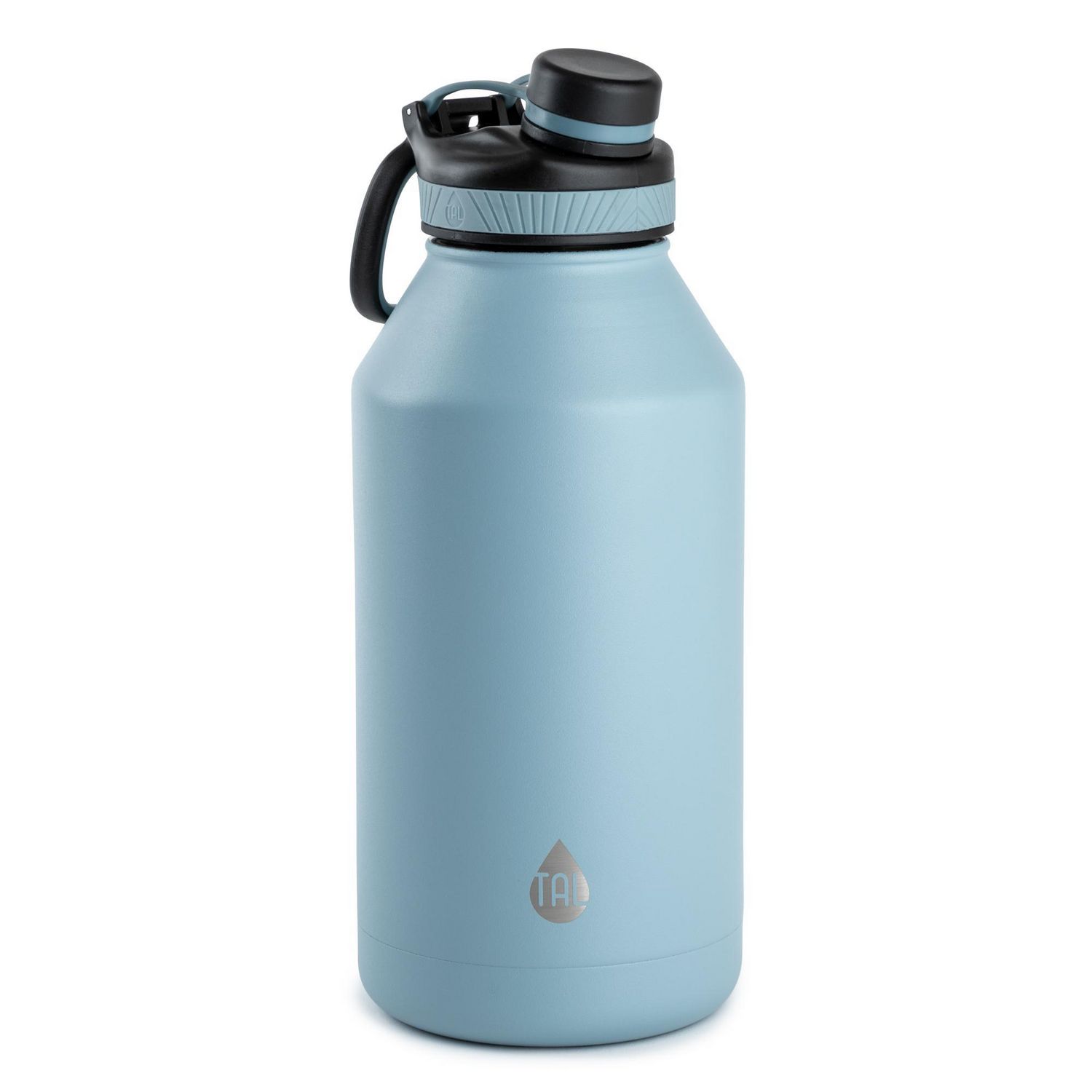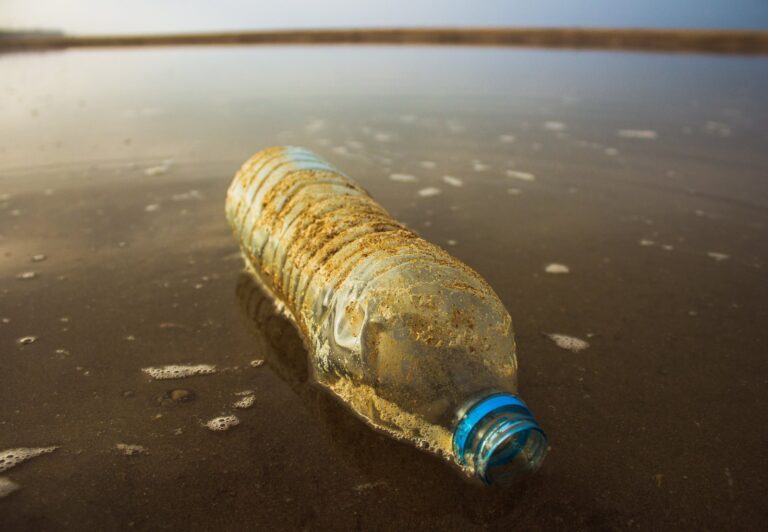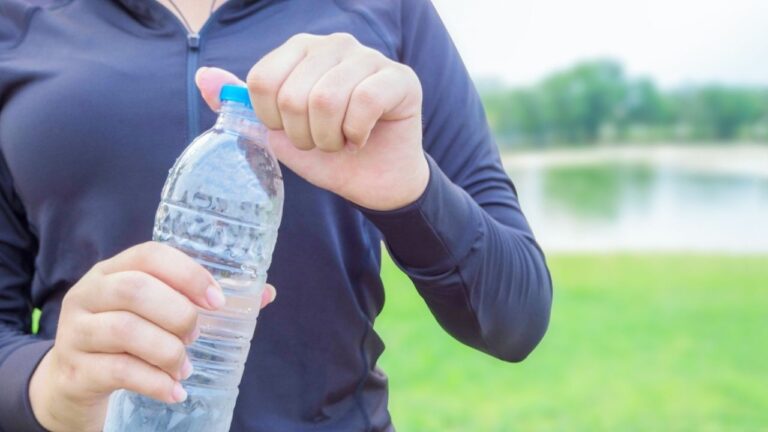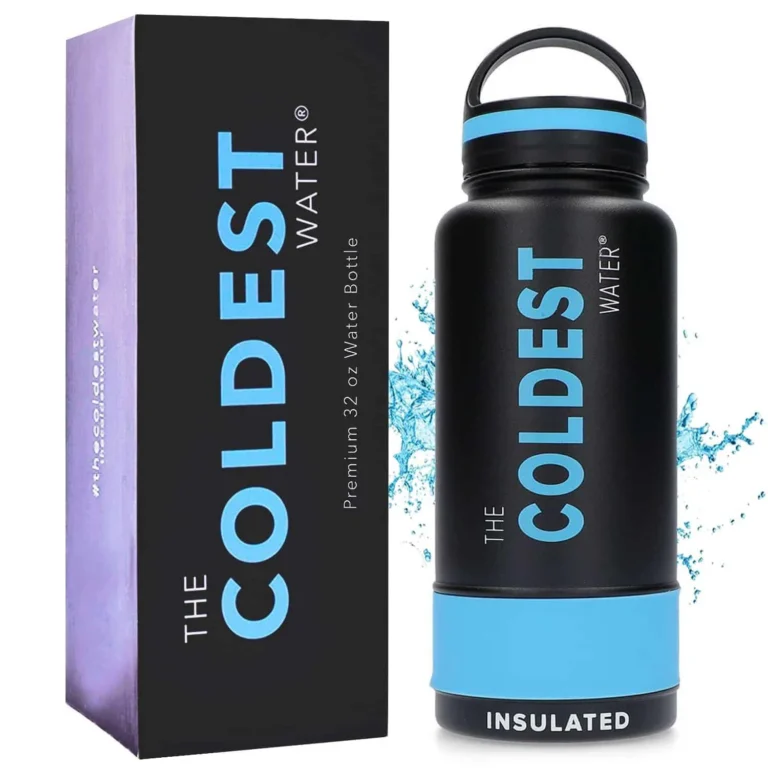What is BPA?
Bisphenol A (BPA) is a chemical compound that is commonly used in the production of plastic products, including water bottles. BPA helps to strengthen and harden plastic materials, making them more durable and resistant to breakage. However, there has been growing concern about the potential health risks associated with BPA exposure.
Definition of BPA
Bisphenol A (BPA) is an organic synthetic compound that is classified as an endocrine disruptor. It is used in the manufacturing of polycarbonate plastics and epoxy resins. Polycarbonate plastics are commonly found in water bottles, food storage containers, and baby bottles, while epoxy resins are used to line metal cans and make them less prone to corrosion.
Dangers and health risks of BPA
The use of BPA in consumer products has raised concerns due to its potential health risks. Studies have suggested that BPA can leach into food or beverages when the plastic containers are heated or come into contact with acidic or fatty foods.
Some potential health risks of BPA exposure include:
- Disruption of hormonal balance: BPA can mimic estrogen, a hormone that plays a crucial role in regulating various bodily functions. Exposure to BPA may interfere with the normal hormonal balance in the body.
- Developmental issues: Studies have shown that exposure to BPA during pregnancy or early childhood may lead to behavioral problems, affect brain development, and increase the risk of obesity.
- Increased risk of certain diseases: Long-term exposure to BPA has been associated with an increased risk of certain conditions, such as cardiovascular disease, diabetes, and certain types of cancer.
It is important to note that the use of BPA in water bottles and other plastic products has become more regulated in recent years. Many manufacturers have started producing BPA-free alternatives to address these concerns.
Understanding Tal Water Bottles
Tal water bottles have gained popularity in recent years due to their stylish design and functionality. If you’re wondering whether Tal water bottles are BPA-free, this blog section will provide you with the necessary information.
Overview of Tal Water Bottles
Tal water bottles are known for their sleek and innovative designs. They come in a variety of sizes and styles, catering to different preferences and needs. Whether you’re looking for a bottle to take on a hike or a bottle to keep you hydrated at the office, Tal offers a range of options.
Materials used in Tal Water Bottles
One of the most significant concerns when it comes to water bottles is the presence of Bisphenol A (BPA), a chemical commonly used in the production of plastics. BPA has been linked to various health issues, so many individuals prefer to opt for BPA-free alternatives.
Tal water bottles are made from different materials, depending on the specific model. Most Tal water bottles are constructed using stainless steel, which is durable and easy to clean. The stainless steel used in Tal bottles is food-grade and does not contain BPA or any harmful chemicals. Additionally, the bottles are designed to be leak-proof and provide insulation to keep your drinks hot or cold for extended periods.
To ensure that the Tal water bottle you choose is indeed BPA-free, it’s always a good idea to check the product description or label. Tal emphasizes the safety and quality of their products, and you can find information about their materials and certifications on their official website.
In summary, Tal water bottles are a popular choice for those looking for stylish and functional hydration solutions. Depending on the specific model, Tal water bottles are made from BPA-free stainless steel, ensuring the safety of your drinks. Always check the product description or label to confirm that the Tal water bottle you choose is BPA-free and meets your requirements.
BPA-Free Claims
Importance of BPA-Free Labels: When purchasing a water bottle, many people look for the “BPA-Free” label, which indicates that the bottle is made without the chemical compound bisphenol A (BPA). BPA is commonly found in plastics and has been linked to potential health risks. BPA-Free labels provide consumers with peace of mind and reassurance that they are using a safer and healthier product.
Common misconceptions about BPA-Free claims:
There are some common misconceptions surrounding BPA-Free claims that consumers should be aware of. One misconception is that BPA-Free automatically means a product is completely free from any harmful chemicals. While BPA is an essential compound to avoid, other potentially harmful chemicals may still be present in the product.
It’s important to note that the term “BPA-Free” is not regulated by the U.S. Food and Drug Administration (FDA) or other agencies, which means there is no standardized testing or certification process for this claim. Some manufacturers may use this label without proper testing or verification.
To ensure the safety of the water bottle you choose, it’s advisable to look for additional certifications or labels such as “FDA Approved” or “Third-Party Tested.” These certifications often involve rigorous testing protocols and provide more reassurance about the product’s safety.
In conclusion, while BPA-Free labels are an essential consideration when purchasing a water bottle, it’s crucial to be aware of the common misconceptions surrounding these claims. It’s always a good idea to do thorough research, read customer reviews, and look for additional certifications to make an informed decision about the safety and quality of the product.
Tal Water Bottles and BPA
When it comes to drinking water, safety is a top priority. Many people are concerned about the presence of Bisphenol A (BPA) in plastic bottles and its potential health effects. Tal water bottles are a popular choice among consumers, but are they BPA-free? Let’s explore the topic further to provide some clarity.
Confirmation of BPA-Free status
Tal water bottles: are indeed BPA-free. The company ensures that their bottles are made from materials that do not contain BPA. BPA is a chemical compound known as a potential endocrine disruptor, and Tal takes the safety of their products seriously by avoiding the use of this substance.
Certifications and testing methods
Tal water bottles undergo rigorous testing processes to ensure they are BPA-free. These tests are performed by independent, accredited laboratories that specialize in evaluating the safety of plastic products. Tal also follows industry standards and regulations to maintain the quality and integrity of their water bottles.
To provide further reassurance to consumers, Tal water bottles are often certified by organizations such as the Water Quality Association (WQA) or the NSF International. These certifications validate that the bottles meet specific safety standards and do not contain BPA or any other harmful substances.
In conclusion, Tal water bottles are indeed BPA-free. They go through rigorous testing and certification processes to ensure that they meet safety standards and provide consumers with a reliable and healthy drinking experience. So, you can feel confident in choosing Tal water bottles as a BPA-free option for your hydration needs.
Alternatives to BPA
When it comes to choosing a water bottle, many people are concerned about the presence of BPA (Bisphenol A), a chemical commonly used in the production of plastic bottles. BPA has been linked to various health issues, leading consumers to seek BPA-free options. One popular brand that has gained attention is Tal water bottles. But are Tal water bottles BPA-free? Let’s find out.
Other materials used in water bottles
Tal water bottles are made from Tritan plastic, which is known for its durability and resistance to impact. Tritan plastic is also free from BPA, BPS (Bisphenol S), and any other estrogenic and androgenic activity materials. This means that Tal water bottles provide a safe and healthy alternative for consumers who want to avoid BPA.
In addition to Tritan plastic, there are other materials commonly used in the production of water bottles. These include:
- Stainless steel: Stainless steel water bottles are durable, lightweight, and do not leach harmful chemicals. They are also known for their excellent insulation properties, keeping beverages hot or cold for extended periods.
- Glass: Glass water bottles are environmentally friendly and do not release any chemicals into the water. However, they may be prone to breakage and are heavier compared to other materials.
- Aluminum: Aluminum water bottles are lightweight and recyclable. However, they may have a lining to prevent the aluminum from leaching into the water, and this lining may contain BPA or other chemicals.
Pros and cons of different materials
Here’s a table comparing the pros and cons of different materials used in water bottles:
| Material | Pros | Cons |
|---|---|---|
| Tritan Plastic | BPA-free, durable | Not completely environmentally friendly |
| Stainless Steel | Durable, lightweight, insulation properties | Can be more expensive |
| Glass | Environmentally friendly, no chemical leaching | Fragile, heavier |
| Aluminum | Lightweight, recyclable | Lining may contain BPA or other chemicals |
It’s important to consider your specific needs and priorities when choosing a water bottle. While Tal water bottles offer a BPA-free option with their Tritan plastic, there are various alternatives available on the market. Consider factors such as durability, insulation properties, and environmental impact to find the water bottle that best suits your preferences.
Consumer Safety and Regulations
When it comes to consumer safety, it’s important to be aware of the materials used in the products we use every day. One common concern among consumers is whether water bottles are BPA-free. Bisphenol A (BPA) is a chemical used in the production of plastics, and it has been linked to potential health risks. In this blog post, we will discuss the government regulations on BPA in water bottles and provide some consumer tips for choosing BPA-free options.
Government regulations on BPA in water bottles
The use of BPA in plastic products, including water bottles, has been a point of concern for health organizations and regulatory bodies. In response to these concerns, many countries, including the United States and the European Union, have implemented regulations to restrict the use of BPA in certain products.
In the United States, the Food and Drug Administration (FDA) banned the use of BPA in baby bottles and sippy cups in 2012. However, the FDA has not banned the use of BPA in other consumer products, including water bottles. While the FDA acknowledges the potential risks of BPA, they believe that the current levels found in these products are safe for consumers.
In the European Union, the use of BPA in baby bottles has been banned since 2011. Additionally, the European Chemicals Agency (ECHA) has classified BPA as a substance of very high concern, meaning that certain restrictions and regulations apply.
Consumer tips for choosing BPA-Free water bottles
If you are concerned about BPA exposure and want to choose BPA-free water bottles, here are some tips:
- Look for labels: Many manufacturers now label their products as “BPA-free” or “free from harmful chemicals.” Look for these labels to ensure that the water bottle is BPA-free.
- Check the recycling symbol: BPA is commonly found in plastics with recycling codes 3 and 7. Look for plastics labeled with recycling code 1, 2, 4, or 5, as they are less likely to contain BPA.
- Choose alternative materials: Consider opting for stainless steel or glass water bottles, as these materials are typically BPA-free. Both stainless steel and glass options are durable and can be reused.
- Do your research: Look for information from reputable sources, such as the FDA or the ECHA, to stay informed about current regulations and guidelines regarding BPA in water bottles.
In conclusion, while government regulations regarding BPA in water bottles vary, consumers can take steps to choose BPA-free options. By checking labels, recycling symbols, and considering alternative materials, consumers can make informed choices to ensure their safety and reduce exposure to BPA.
Conclusion
Final thoughts on Tal Water Bottles and BPA-Free status
When it comes to the safety of your water bottle, it is important to consider whether it is BPA-free or not. BPA, or bisphenol A, is a chemical often used in the production of plastic products, including water bottles. However, there has been growing concern about the potential health risks associated with BPA exposure.
In the case of Tal Water Bottles, it is crucial to note that they are indeed BPA-free. Tal Water Bottles are made from Tritan, a type of plastic that is free from BPA and other harmful chemicals. Tritan is a durable and transparent material that meets the highest standards for quality and safety.
By choosing a Tal Water Bottle, you can enjoy the convenience of a stylish and reusable water bottle without worrying about the potential health risks associated with BPA. Tal Water Bottles are designed with your health and well-being in mind, providing you with a safe and environmentally friendly option for staying hydrated.
In conclusion, Tal Water Bottles are BPA-free, making them a reliable choice for those who prioritize their health and the safety of their drinking water. Investing in a Tal Water Bottle allows you to enjoy the benefits of a high-quality reusable water bottle while minimizing your exposure to potentially harmful chemicals. Stay hydrated and stay healthy with Tal Water Bottles.





